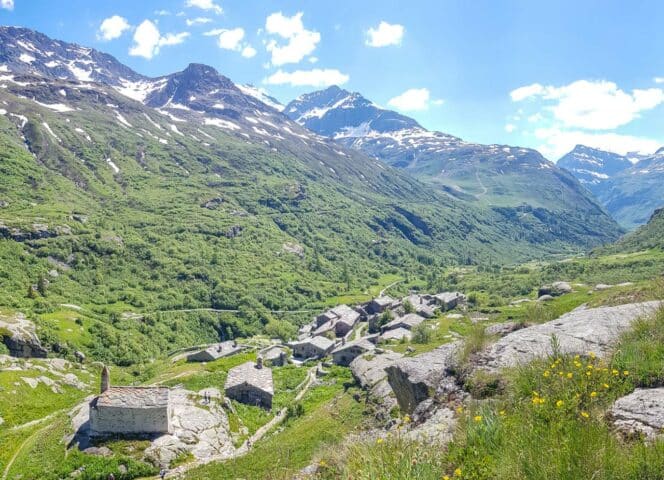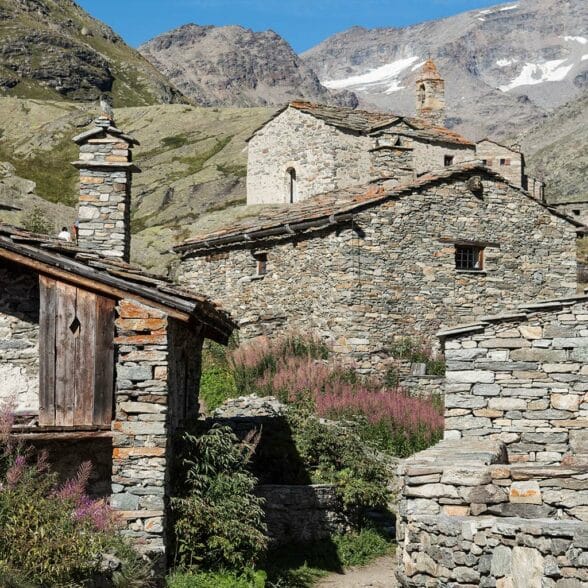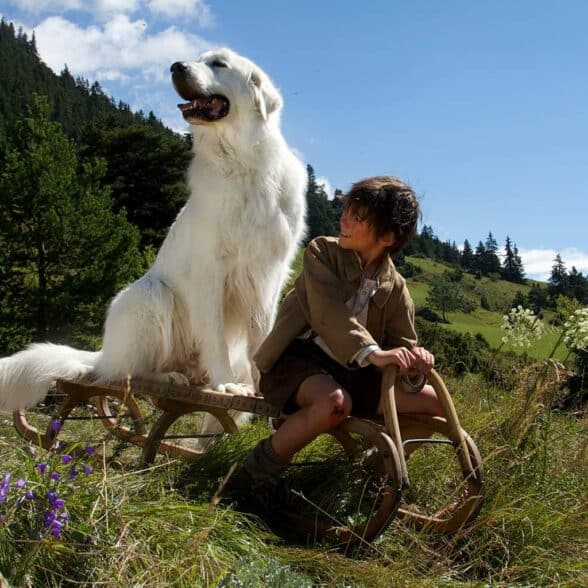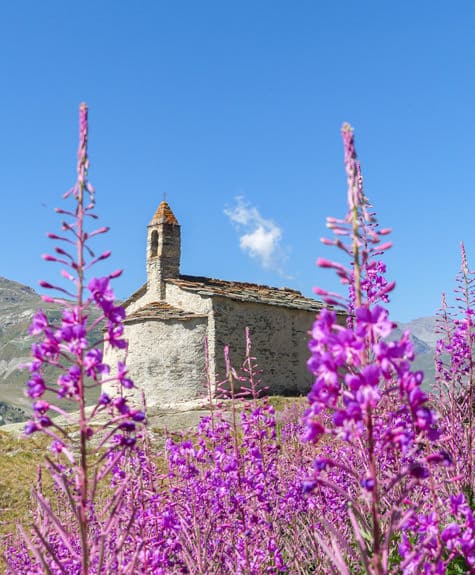The hamlet of Ecot
Authenticity and simplicity
It is the subject of a very nice walk. The chalets of l'Ecot, made of stones and slates, overhang the bottom of the valley.
You will be amazed by the simple and austere architecture of this hamlet at the end of the world, which reflects the harshness of human life at high altitude!


Cultural and architectural heritage...
This hamlet steeped in history since the Middle Ages, completely restored and protected since 1971, was chosen to be the village of Sébastien and his endearing grandfather César. It is as if time has stopped in this hamlet where you can admire the traditional stone houses grouped together under the benevolent eye of the Chapelle Sainte-Marguerite.
A unique character that did not escape the film crews, who knew how to sublimate her beauty in each of the adventures of Belle and Sebastian.
In summer, a 4 km family trail from Bonneval sur Arc takes hikers to the hamlet to discover its treasures and follow in Sébastien's footsteps.
It is also the departure point for walks to the Carro and Evettes refuges, to the sources of the Arc, a natural and wild glacial cirque and for a beautiful canyoning descent of the Arc.
With its old stones and slate roofs, this is a completely preserved cultural and architectural heritage.
Who has seduced the cinema!
L'Écot represents a completely preserved cultural and architectural heritage that seduced Nicolas Vanier when he was looking for a film location for his movie Belle et Sébastien. Many people remember this television series from the 60's about the extraordinary encounter between a mountain child and a wild dog.
The hamlet of l'Ecot was exactly what the script called for, the film was shot in 2012, and released in 2013 and "made" 3 million tickets. Christian Duguy directed in 2014 the sequel to this story entitled Belle et Sébastien, l'aventure continue.
L'Ecot is obviously the main setting, the film was released in December 2015. Belle et Sébastien 3 was released in theaters in February 2018. This episode was also shot in Bonneval and the hamlet of L'Ecot.


Zoom on the Sainte Marguerite Chapel
Piedmontese shepherds then settled here with their flocks around the 5th century, surviving the harsh, frugal conditions at altitude.
Inhabited year-round until 1960, then abandoned in winter, l'Écot is now home to several young Bonneval sur Arc households.
A little history...
Romanesque art is an essentially architectural artistic style that originated in Western Europe at the end of the 10th century and ceased with the emergence of Gothic art (early 12th century). Its technical features include a basilical plan, barrel vaults with double barrel vaults, groin vaults, domes, spans and buttresses. Decoration is influenced by Antiquity, Eastern art and Celtic traditions. Two periods can be distinguished: the first Romanesque (950-1070) and the second Romanesque (1060-1130), the evolution and culmination of the first.